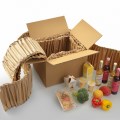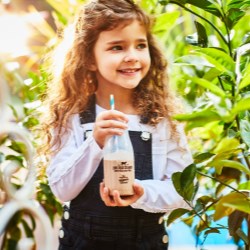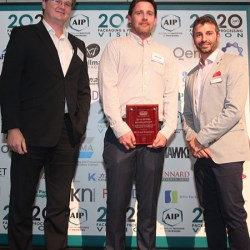If this is your company, CONTACT US to activate Packbase™ software to build your portal.
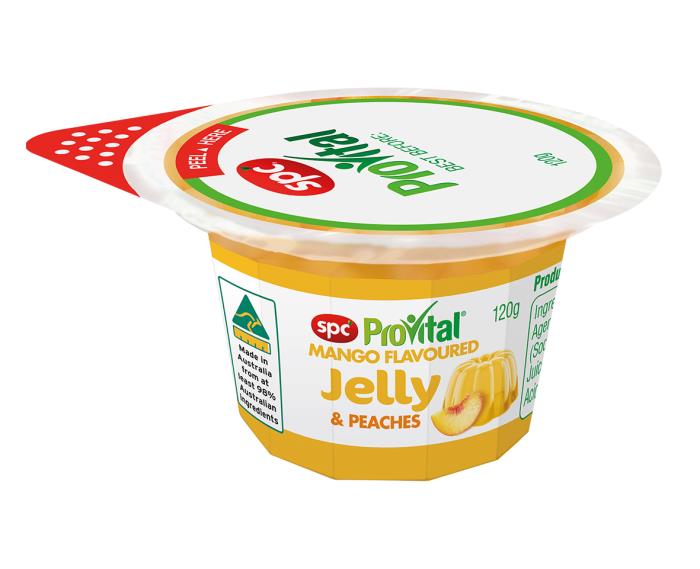

How many times have we all grabbed a knife to open a pack of ham, spilt food across the kitchen because the pack was too hard to open, been unable to read the text on the pack (even with glasses on) and then vowed to never buy that brand again? Now imagine if you were the ageing population, hospitalised, a consumer with a disability, an arthritis sufferer or a child.
All too often Accessible Packaging is not considered when designing products which in turn leads to unnecessary frustration when opening & closing packs, reading the ingredients and opening instructions on packaging. It is important that Packaging Technologists consider how their packaging design could affect someone’s ability to eat, drink and the flow on of wasting food.
Research from Arthritis Australia in 2018 shows that:
- All consumers struggle with packaging, but the growing ageing population, consumers with disabilities, arthritis sufferers and children are impacted the most.
- 44% of consumers struggle with packaging every day.
- 92% of consumers have spilt or damaged a product when trying to open the packaging.
- When consumers experience hard-to-open packaging:
- 56% Look for the product but in a different type of packaging.
- 21% Look at buying a competitor’s product.
- 65% of consumers have had to wait for someone to come and open packaging for them.
- 1-in-2 Australians have injured themselves opening packaging - including deep cuts and chipped teeth.
- 89% of consumers are currently feeling frustrated or furious with packaging.
- 67,000 people in the UK visited hospitals casualty departments every year due to an accident involving food and drink packaging.
So, I ask you do you consider Accessible Design and Ease of Use critical design elements on your packaging? Are your Packaging Technologists using available resources and training to better understand the needs of this consumer market?
Step One: Accessibility Packaging Design Guidelines
If you aren’t using the Accessibility Packaging Design Guidelines developed by Arthritis Australia, in conjunction with Dr Fain from Georgia Tech Research Institute, and available in New Zealand through a partnership with Arthritis New Zealand, then you could already be losing customers whose abilities are not being considered and their needs are not being met.
Key Guidelines include that Packaging must be easy to open and use for those with limited functional abilities, packaging labelling must be highly legible, packaging shall be fit-for-purpose and must be able to demonstrate accessibility.
Step Two: Accessible Packaging Design Training
The Australian Institute of Packaging (AIP), in conjunction with Arthritis Australia and Georgia Tech Research Institute, have developed a half-day training course on Accessible Packaging Design. The course allows attendees to become aware of the required design requirements and understanding the Ease of Use packaging design tools which include examples from around the world. It also provides information on changing household demographics, meal preparation requirements and case studies from users. Attendees will learn measuring techniques, injuries caused by packaging and current consumer satisfaction levels with packaging accessibility.
The course offers an activities-based approach, hands-on team exercises letting participants understand the constraints on current packaging designs for people with disabilities, arthritis sufferers, children and the ageing population. This includes the testing with simulation gloves that have been developed by Georgia Tech Research Institute in the US and reading glasses from a UK researcher. Attendees are sure to leave the course with a different approach to packaging design; an approach that includes all sectors of our community.
Step 3: Recognition of Innovative Accessible Packaging Design
The AIP, in conjunction with Arthritis Australia and New Zealand, have developed a new Accessible Packaging Design Award that is designed to recognise packaging that is accessible, intuitive, easy-to-open and innovative. The judges are looking for Accessible Packaging Design that includes measuring techniques, understanding injuries caused by packaging and consumer satisfaction levels with packaging accessibility. The inaugural award winner were announced as a part of the Australasian Packaging Innovation & Design Awards which are run by the AIP and are designed for Australia and New Zealand.
Finalists for 2019 were SPC Ardmona, Flavour Creations, Moana New Zealand & Sealed Air for Cryovac® Grip and Tear® and Campbell Arnott’s. All four finalists deserve to be recognised for incorporating Accessible Packaging Design in to their ranges and it is inspiring to see some of the innovations that they have been working on.
The 2019 Gold Award went to SPC Ardmona have developed their SPC ProVital Easy-Open Diced Fruit in Jelly range that is designed for all consumers to open, including those with reduced fine motor skills, dexterity and strength and on-pack communication is clear, crisp and legible for all. This design achieved Easy To Open certification as well as an ISR +8 Accessibility Rating (i.e. the product is universally easy to open, with 95% of the population able to open the pack without tools).
The 2019 Silver Award went to Flavour Creations have developed their pre-thickened Ready-to-drink (RTD) packaged in the new Dysphagia Cup and Cup Holder that have been designed to specifically increase rates of hydration and decrease rates of malnutrition for residents/patients with Dysphagia. Along with the reusable holder and plastic over seal, the snap fitting portion control cup has a large overhanging tab that is textured and clear ‘peel back’ wording to make it very obvious to the consumer how to open the product.
A Special Commendation went to Moana New Zealand & Sealed Air for Cryovac® Grip and Tear® (including 'small tab') was designed to foster ease of use to packaged meat, poultry, seafood products for processors, food service and retail markets. This accessible packaging design enables convenient product access using a packaging design that is simple and intuitive for consumers to use (irrespective of their age or functional abilities). Previously these difficult to open items required opening tools, which could easily cause injuries.
The Grip and Tear feature means the packs can now be easily opened by a simple hand action. Sealed Air have undertaken significant design innovation in the development of the Grip and Tear feature to meet both the food handling and food protection requirements for the range of products proposed for the packaging format.
Accessible Packaging Design that is intuitive, easy-to-open and innovative should be an integral part of your packaging and we encourage you to integrate this critical element into your future NPD processes. Imagine the difference you could make.
Nerida Kelton MAIP
Executive Director - Australian Institute of Packaging (AIP)
Project Lead for the AIP Save Food Packaging Design Project for the Fight Food Waste Cooperative Research Centre


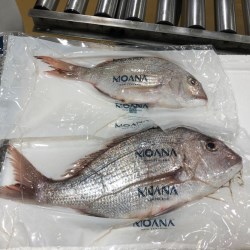


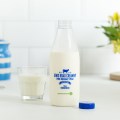
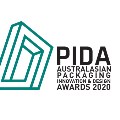
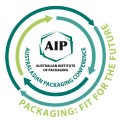
.jpg)







